
Rabbit Anti-Bid antibody
Apoptic death agonist; Apoptotic death agonist; Apoptotic death agonist BID; BH3 interacting domain death agonist; BH3 interacting domain death agonist; BH3 interacting domain death agonist p11; BH3 interacting domain death agonist p13; BH3 interacting do
View History [Clear]
Details
Product Name Bid Chinese Name BH3结构域凋亡诱导蛋白抗体 Alias Apoptic death agonist; Apoptotic death agonist; Apoptotic death agonist BID; BH3 interacting domain death agonist; BH3 interacting domain death agonist; BH3 interacting domain death agonist p11; BH3 interacting domain death agonist p13; BH3 interacting domain death agonist p15; BH3-interacting domain death agonist p11; BID; BID isoform ES(1b); BID isoform L(2); BID isoform Si6; BID_HUMAN; Desmocollin type 4; FP497; HGNC:1050; Human BID coding sequence; MGC15319; MGC42355; p11 BID; p13 BID; p15 BID; p22 BID. literatures Research Area Tumour Signal transduction Apoptosis The new supersedes the old Mitochondrion Immunogen Species Rabbit Clonality Polyclonal React Species Human, Mouse, Rat, Applications ELISA=1:5000-10000 IHC-P=1:100-500 IHC-F=1:100-500 Flow-Cyt=1μg/Test ICC=1:100 IF=1:100-500 (Paraffin sections need antigen repair)
not yet tested in other applications.
optimal dilutions/concentrations should be determined by the end user.Theoretical molecular weight 21kDa Cellular localization cytoplasmic Mitochondrion Form Liquid Concentration 1mg/ml immunogen KLH conjugated synthetic peptide derived from human Bid: 102-195/195 Lsotype IgG Purification affinity purified by Protein A Buffer Solution 0.01M TBS(pH7.4) with 1% BSA, 0.03% Proclin300 and 50% Glycerol. Storage Shipped at 4℃. Store at -20 °C for one year. Avoid repeated freeze/thaw cycles. Attention This product as supplied is intended for research use only, not for use in human, therapeutic or diagnostic applications. PubMed PubMed Product Detail Bid, a BH3 domain containing proapoptotic Bcl2 family member, is localized in the cytosolic fraction of cells as an inactive precursor. Its active form is generated upon proteolytic cleavage by caspase 8 in the Fas signaling pathway. Cleaved Bid translocates to mitochondria and releases its potent proapoptotic activity, which in turn induces cytochrome c release and mitochondrial damage. The cytochrome c releasing activity of Bid was antagonized by Bcl2. Mutation in the SH3 domain can diminish the cytochrome c releasing activity. In animal model studies, Bid deficient mice are found resistant to the lethal effects of death factor signals relayed through Fas.
Function:
The major proteolytic product p15 BID allows the release of cytochrome c. Isoform 1, isoform 2 and isoform 4 induce ICE-like proteases and apoptosis. Isoform 3 does not induce apoptosis. Counters the protective effect of Bcl-2.
Subunit:
Forms heterodimers either with the pro-apoptotic protein BAX or the anti-apoptotic protein Bcl-2.
Subcellular Location:
Cytoplasm. Mitochondrion membrane. Note=When uncleaved, it is predominantly cytoplasmic. BH3-interacting domain death agonist p15: Mitochondrion membrane. Note=Translocates to mitochondria as an integral membrane protein. BH3-interacting domain death agonist p13: Mitochondrion membrane. Note=Associated with the mitochondrial membran. Isoform 1: Cytoplasm. Isoform 3: Cytoplasm. Isoform 2: Mitochondrion membrane. Note=A significant proportion of isoform 2 localizes to mitochondria, it may be cleaved constitutively.
Tissue Specificity:
Isoform 2 and isoform 3 are expressed in spleen, bone marrow, cerebral and cerebellar cortex. Isoform 2 is expressed in spleen, pancreas and placenta (at protein level). Isoform 3 is expressed in lung, pancreas and spleen (at protein level). Isoform 4 is expressed in lung and pancreas (at protein level).
Post-translational modifications:
TNF-alpha induces a caspase-mediated cleavage of p22 BID into a major p15 and minor p13 and p11 products.
Phosphorylated upon DNA damage, probably by ATM or ATR.
SWISS:
P55957
Gene ID:
637
Database links:Entrez Gene: 637 Human
Entrez Gene: 12122 Mouse
Omim: 601997 Human
SwissProt: P55957 Human
SwissProt: P70444 Mouse
Unigene: 591054 Human
Unigene: 235081 Mouse
Unigene: 31142 Rat
Product Picture
Antigen retrieval: citrate buffer ( 0.01M, pH 6.0 ), Boiling bathing for 15min; Block endogenous peroxidase by 3% Hydrogen peroxide for 30min; Blocking buffer (normal goat serum,C-0005) at 37℃ for 20 min;
Incubation: Anti-Bid Polyclonal Antibody, Unconjugated(SL1153R) 1:200, overnight at 4°C, followed by conjugation to the secondary antibody(SP-0023) and DAB(C-0010) staining
MCF-7 cell; 4% Paraformaldehyde-fixed; Triton X-100 at room temperature for 20 min; Blocking buffer (normal goat serum, C-0005) at 37°C for 20 min; Antibody incubation with (Bid) polyclonal Antibody, Unconjugated (SL1153R) 1:100, 90 minutes at 37°C; followed by a conjugated Goat Anti-Rabbit IgG antibody at 37°C for 90 minutes, DAPI (blue, C02-04002) was used to stain the cell nuclei.Blank control (blue line): HL60 (blue).
Primary Antibody (green line): Rabbit Anti-Bid antibody (SL1153R)
Dilution: 1μg /10^6 cells;
Isotype Control Antibody (orange line): Rabbit IgG .
Secondary Antibody (white blue line): Goat anti-rabbit IgG-PE
Dilution: 1μg /test.
Protocol
The cells were fixed with 70% ethanol (overninght at 4℃) and then permeabilized with 0.1% PBS-Tween for 20 min at room temperature. Cells stained with Primary Antibody for 30 min at room temperature. The cells were then incubated in 1 X PBS/2%BSA/10% goat serum to block non-specific protein-protein interactions followed by the antibody for 15 min at room temperature. The secondary antibody used for 40 min at room temperature. Acquisition of 20,000 events was performed.Blank control: A431.
Primary Antibody (green line): Rabbit Anti-Bid antibody (SL1153R)
Dilution: 1μg /10^6 cells;
Isotype Control Antibody (orange line): Rabbit IgG .
Secondary Antibody : Goat anti-rabbit IgG-AF647
Dilution: 1μg /test.
Protocol
The cells were fixed with 4% PFA (10min at room temperature)and then permeabilized with 0.1%PBST for 20 min at room temperature.The cells were then incubated in 5%BSA to block non-specific protein-protein interactions for 30 min at room temperature .Cells stained with Primary Antibody for 30 min at room temperature. The secondary antibody used for 40 min at room temperature. Acquisition of 20,000 events was performed.
Bought notes(bought amounts latest0)
No one bought this product
User Comment(Total0User Comment Num)
- No comment
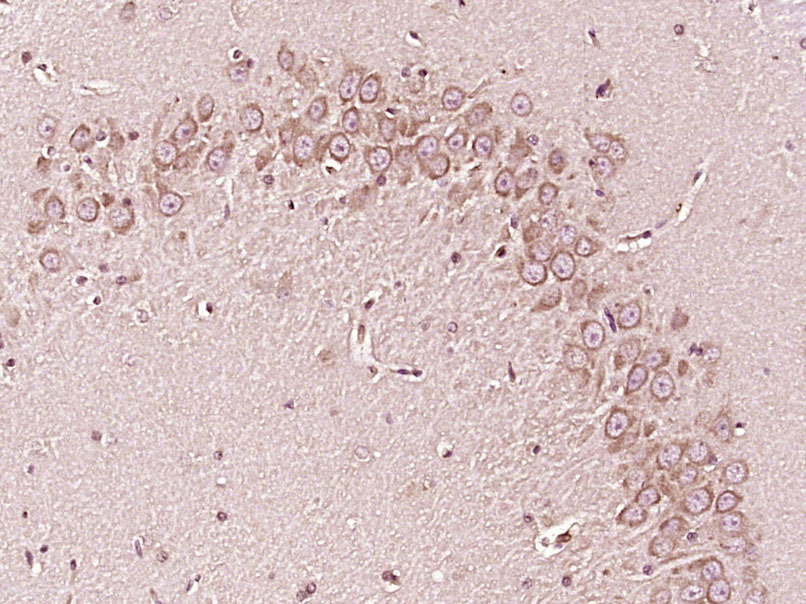
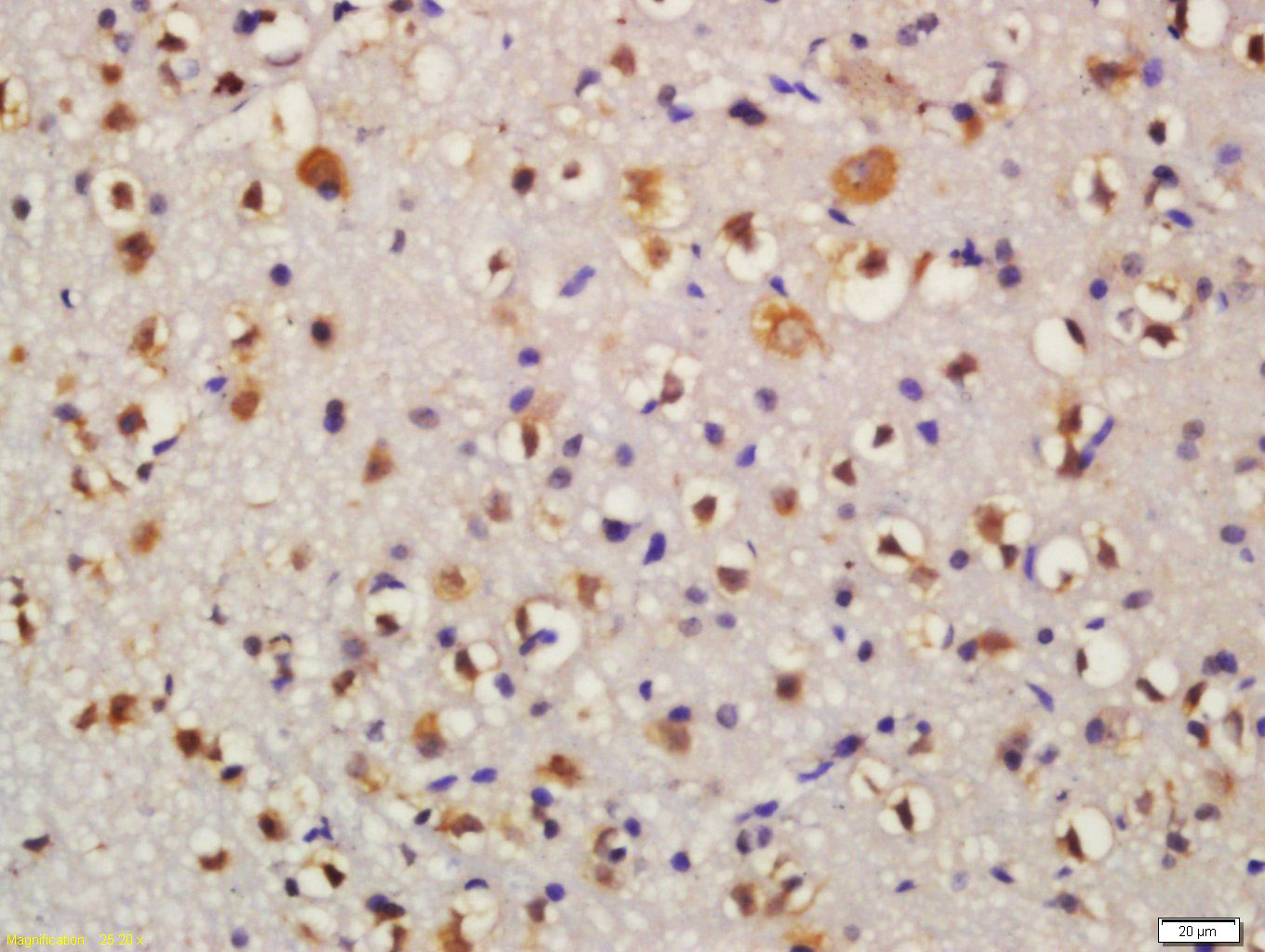
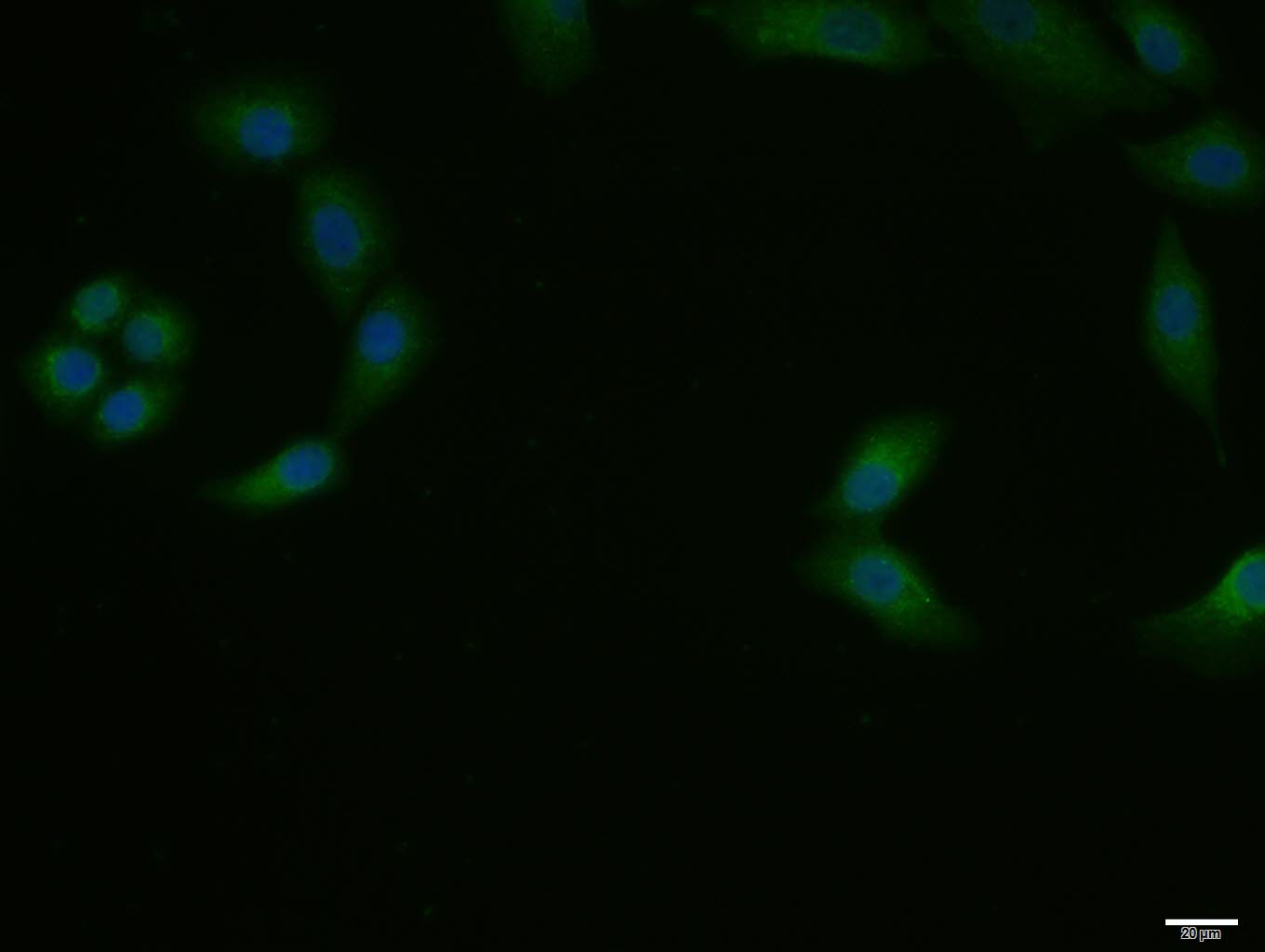
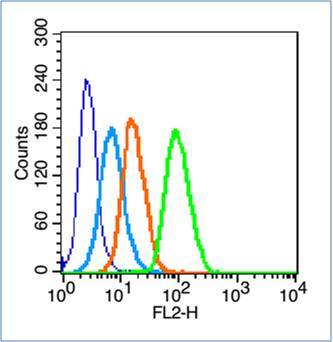
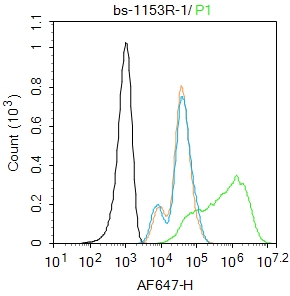


 +86 571 56623320
+86 571 56623320
 +86 18668110335
+86 18668110335

